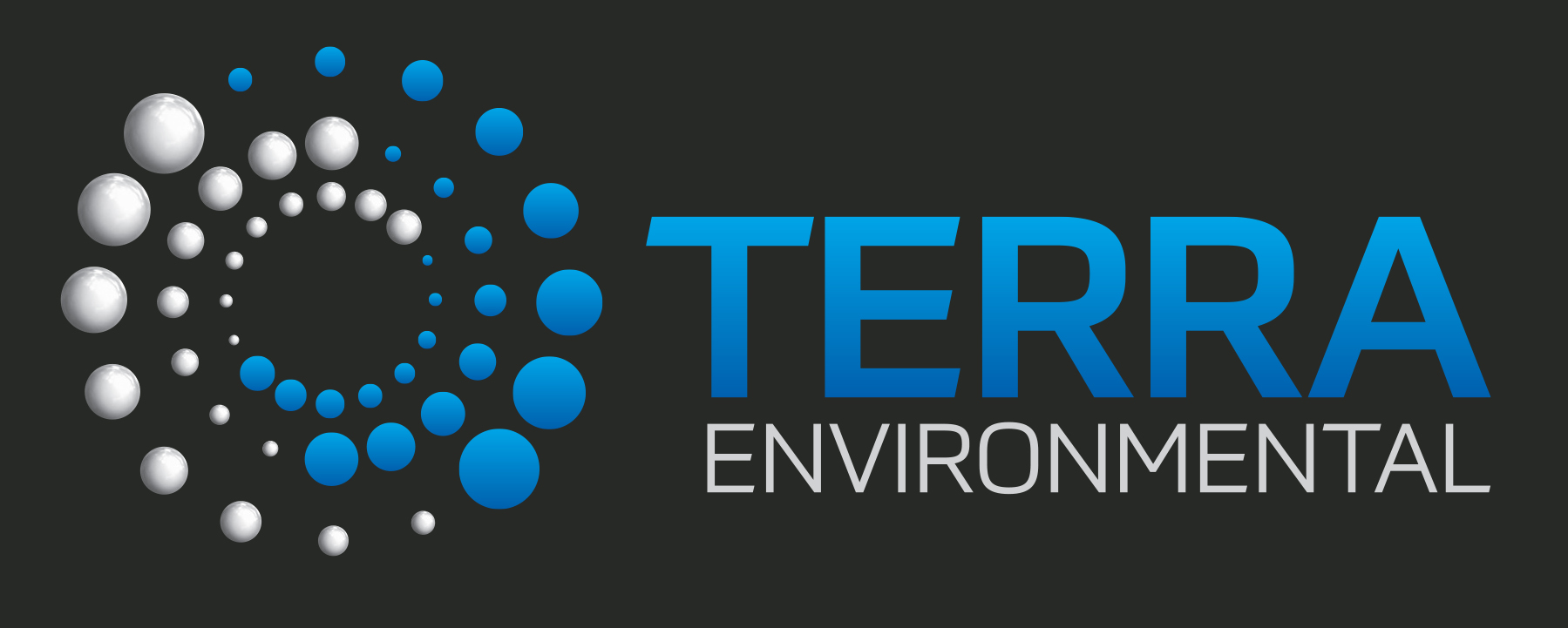
Project Survey
Wind power is the use of air flow through wind turbines to mechanically power generators for electricity. Wind power, as an alternative to burning fossil fuels, is plentiful, renewable, widely distributed, clean, produces no greenhouse gas emissions during operation, and uses little land.

Process of building and finishing
Wind power gives variable power which is very consistent from year to year but which has significant variation over shorter time scales. It is therefore used in conjunction with other electric power sources to give a reliable supply. As the proportion of wind power in a region increases.
Wind power refers to the extraction of kinetic energy from the wind and conversion of it into a useful type of energy: thermal, mechanical, or electrical. This can be achieved through the use of wind turbines to generate electricity, windmills for mechanical power, windpumps for water pumping or drainage, or sails to propel ships.
Wind turbines operate on a simple principle. The energy in the wind turns three propeller-like blades around a rotor. The rotor is connected to the main shaft, which spins a generator to create electricity. Wind turbines are mounted on a tower to capture the most energy. At 30 meters or more above ground, they can take advantage of faster and less turbulent wind. Early turbines were small by today’s standards, with capacities of 20-30 kW each. Since then, they have increased greatly in size delivering up to 7 MW.
Small wind facilities are used to provide electricity to isolated locations and utility companies increasingly buy back surplus electricity produced by small domestic wind turbines. A large wind farm may consist of several hundred individual wind turbines which are connected to the electric power transmission network and can be located either in-land (onshore) or in bodies of water (offshore). Offshore wind farms can harness more frequent and powerful winds than are available to land-based installations.
A large contribution from wind energy to European power generation is technically and economically feasible. In 2011, installed wind power capacity in the European Union totalled 93.957 MW, enough to supply 6.3% of the EU’s demand for electricity. EWEA’s analysis of the National Renewable Energy Action Plans (NREAPs) showed an envisaged installed capacity of 213 GW of wind power which is forecast to produce 495 TWh of electricity in 2020. Taking the 27 NREAPs’ additional energy efficiency scenario, EU gross electricity demand is scheduled to grow to 3.529 TWh in 2020. Wind energy would, therefore, meet roughly 14% of the EU’s demand.
Electricity generated from wind power can be highly variable at several different timescales: hourly, daily, or seasonally. Because instantaneous electrical generation and consumption must remain in balance to maintain grid stability, this variability can present substantial challenges to incorporating large amounts of wind power into a grid system. Intermittency and the non-dispatchable nature of wind energy production can raise costs for regulation, incremental operating reserve, and (at high penetration levels) could require an increase in the already existing energy demand management, load shedding, storage solutions or system interconnection with HVDC cables.
 Installers recommend sites with average wind speeds of at least 12 mph, but specific land requirements vary. Zoning codes sometimes impose a minimum requirement on lot size or on the distance a turbine may be placed from a property line and may vary depending on the height of the proposed turbine.
Installers recommend sites with average wind speeds of at least 12 mph, but specific land requirements vary. Zoning codes sometimes impose a minimum requirement on lot size or on the distance a turbine may be placed from a property line and may vary depending on the height of the proposed turbine.
Also, it is essential to have a site with unobstructed access to winds, which most often requires higher towers, larger land lots, and non-urban locations.
Small wind facilities are used to provide electricity to isolated locations and utility companies increasingly buy back surplus electricity produced by small domestic wind turbines. A large wind farm may consist of several hundred individual wind turbines which are connected to the electric power transmission network and can be located either in-land (onshore) or in bodies of water (offshore). Offshore wind farms can harness more frequent and powerful winds than are available to land-based installations.
A large contribution from wind energy to European power generation is technically and economically feasible. In 2011, installed wind power capacity in the European Union totalled 93.957 MW, enough to supply 6.3% of the EU’s demand for electricity. EWEA’s analysis of the National Renewable Energy Action Plans (NREAPs) showed an envisaged installed capacity of 213 GW of wind power which is forecast to produce 495 TWh of electricity in 2020. Taking the 27 NREAPs’ additional energy efficiency scenario, EU gross electricity demand is scheduled to grow to 3.529 TWh in 2020. Wind energy would, therefore, meet roughly 14% of the EU’s demand.
Installers recommend sites with average wind speeds of at least 12 mph, but specific land requirements vary. Zoning codes sometimes impose a minimum requirement on lot size or on the distance a turbine may be placed from a property line and may vary depending on the height of the proposed turbine.
